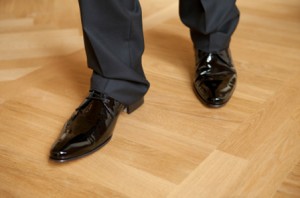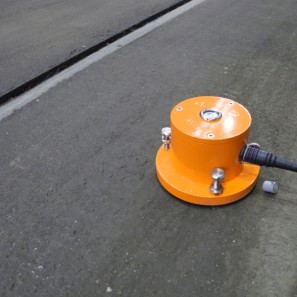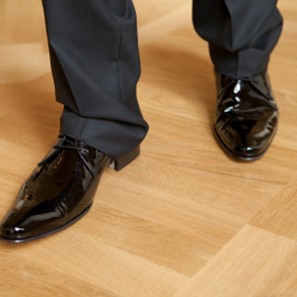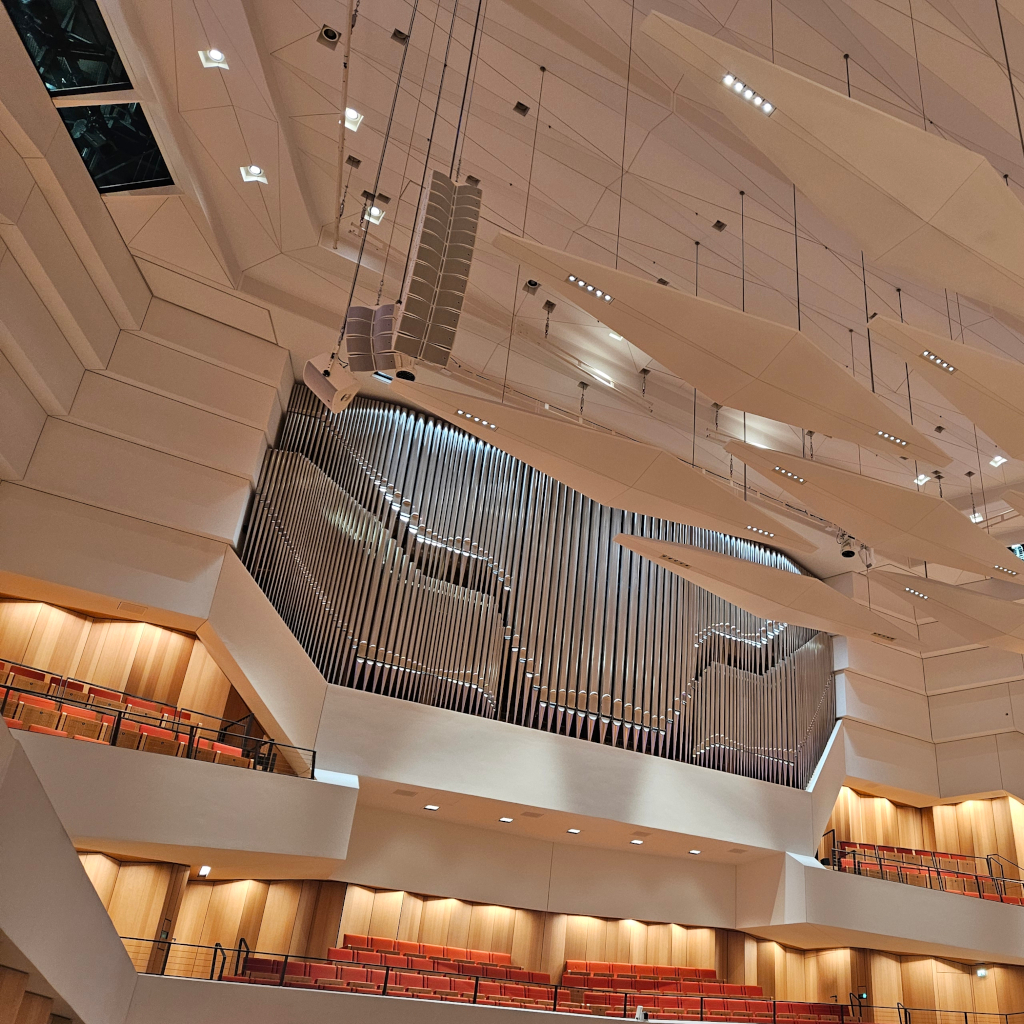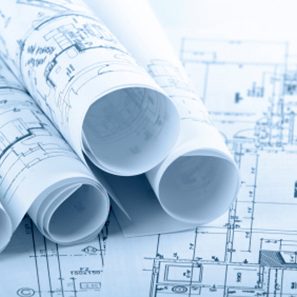Measurement of walking noise
Presently, there are no standardized measuring techniques for the characterization of walking noise. Hence different methods are used to excite the test floorings such as a standardized tapping machine, falling steel ball, golf ball or a person walking across the flooring.
It could be shown in numerous investigations that there are great distinctions between the results of different methods. The procedures mentioned at first possess the advantage of a good reproducibility. Hence, the tapping machine is the standardized excitation instrument for the classical measurement of impact noise according to EN ISO 140.
In contrast to that, considering the problem of walking noise, the spectra and level differences measured with the standardized tapping machine or the falling ball for different floorings, do hardly correlate with the results determined by a person walking across the flooring. The differences cannot be adjusted by simple conversions.
Generation of walking noise
With several technical and theoretical investigations the excitation mechanisms that are involved in the generation of walking noise were further exermined. It was found that walking noise is not generated by radiation of structure-borne sound alone. Also the so-called contact noise cannot be neglected. The contact noise describes the phenomenon of direct airborne sound radiation which is generated if a moving body and its adjacent air are abruptly accelerated.
Besides that, it has to be assumed that during the impact on the flooring especially the mentioned technical alternative sound sources lead to non-linear occurences. That is why, in the field of walking noise the application of these alternative sound sources is not very appropriate. A presently investigated alternative is the determination of the source impedance and the excitation force of a walking person. These characteristic values could be used to modify the technical alternativ sources.
Despite these efforts, a better understanding of the sound generation process requires further investigations that can finally lead to the development of specific methods for noise reduction. By the application of psychoacoustic methods, that means by combined analysis of objective and subjective criteria, statements about the quality of floorings can be derived.
